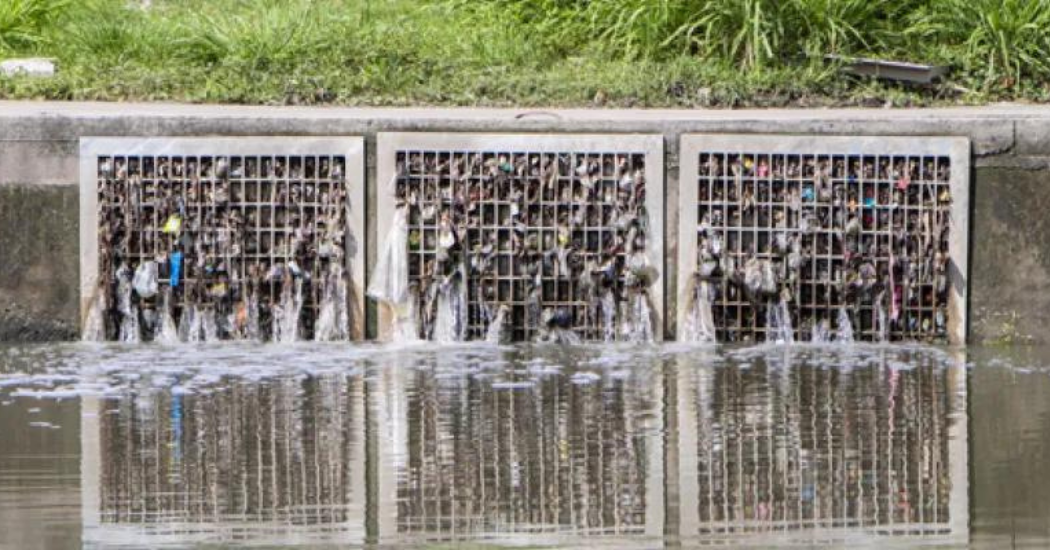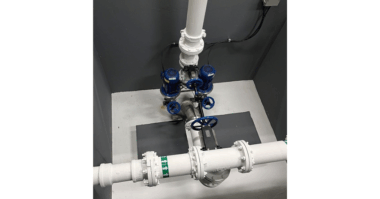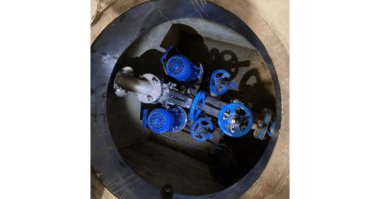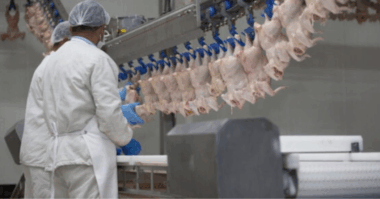Blockage and spillage woes are a constant problem in the wastewater industry. The pump systems that keep sewers flowing often are not adequately designed to handle the nonflushable items that find their way down toilets. Even flushable items are not always easy to handle. The consequence is ragging buildup, clogs and damaged pump equipment. Add stormwater and the risk of unacceptable spills and overflows becomes serious.
Ragging is nothing new—updated solutions to pump system failure regularly come up. Shredders and macerators reduce the size of solid materials before they pass through pumps. Variable frequency drives (VFDs) allow pumps to operate in reverse upon startup or at a high-current set point.
Although such technologies are a step in the right direction, they often treat the symptom without addressing the underlying problem. Rather than passing through, materials that cause pump failure make their way back into the well. To achieve proactive pump care and predictability, wastewater treatment systems need to go a step further.
Deragging Technology
Traditional VFD-controlled systems are designed to reverse on startup or when they reach a high-current set point. What system engineers find is that reversing the pump at this point is often too late—a large rag ball has already formed. Reversing the pump will throw the rag ball back into the well, causing a blockage later.
The risk of blockages goes up when the rain comes down. Legacy sewer systems are especially vulnerable to chokepoints that form during storms. As stormwater enters the system, rag balls within the well can get flushed into the pumps causing them to fail at the very time they are most needed. The consequence is not just equipment damage. The choked-off system may overflow, causing environmental consequences and costly cleanup.
Modern deragging technology offers a path forward. Today’s deragging systems incorporate digital monitoring modules that monitor the pump’s torque profile in real time.
When solids catch on the impeller, the system instructs the deragging pump to stop and briefly reverse flow. The agitating action loosens debris before it has a chance to form an aggregate that is too large for the system to process. Instead, the impediments efficiently pass through to be collected by treatment facility screens.
Intelligent Efficiency in Pumps & Mixers
A deragger performs dynamic torque monitoring in real time. Most VFDs do not run at full speed and run at reduced voltage, current and torque—meaning the high-current set point is unlikely to be reached, creating undetectable blockages that wreak havoc on the pump. Deragging technology solves this issue by offering a proactive approach to pump monitoring—detecting potential blockage issues early.
More importantly, a deragger has variable settings all along the torque curve, enabling detection of any inconsistencies from potential blockage. This makes it far more effective at instigating a cleaning cycle to alleviate ragging concerns.
Size Matters
No discussion of deragging is complete without addressing shredders and macerators. These systems can be ideal solutions in some cases, but their impact on wastewater composition can replace pump cloggage and failure with pollution.
The destructive approach taken by macerators and shredders can cause a high volume of microparticles in the wastewater system. These particles pass through screens at treatment facilities only to aggregate in downstream aeration basins. Process equipment at this stage often is not designed to handle the resulting large-diameter aggregates, causing blockages. Microparticles are not just a problem for wastewater—clean water systems face the same challenge, with corresponding health and environmental risks.
Most wastewater managers understand the advantages of keeping rags and other impediments intact as larger solids. In this case, size matters. Deragging technology keeps impediments whole, allowing them to pass through the system to be caught by treatment works screens. As a result, solids are safely collected and microparticle concerns are reduced.
Real-Time Monitoring & Automation
Deragging technology is evolving. Technology designed for municipal wastewater pump applications may feature a wet-well clean cycle option that addresses rags and other impediments so they pass through the pump instead of congregating in the well. Modern pumps are getting better at taking care of themselves, which makes a difference for maintenance in wet-well environments. Dry-run protection stops the pump if the well contains insufficient liquids to operate level instruments. Onboard software can also streamline installation and repairs.
Health and safety improvements are also hitting the market. A deragging technology that automatically monitors and keeps a pump clean prevents users from having to perform tasks such as lifting and cleaning pumps. Some technology also features an odor control function that periodically instructs the pumps to run during low activity to avoid water stagnation and odor buildup. Features such as these should become more common across the industry as manufacturers incorporate smart technology into their designs.
Enhanced data collection helps users measure results. Users can use this data to monitor equipment efficiency, adjust settings and predict when maintenance is required. With the ability to track and adapt to conditions in the well, users can get ahead of weather events and catch problems. Spillage risks also must be reduced as much as possible; so, automated deragging can be important to have within a wastewater pump system. It is impossible to maintain constant visibility of pumping assets. Sophisticated deragging technology and real-time data monitoring are critical. Blockage problems can be anticipated and resolved proactively to provide peace of mind for wastewater operators.
With environmental and safety compliance becoming ever-more complex for wastewater treatment organizations, deragging offers a solution to pump blockages caused by nonorganic material.
Industrial Flow Solutions™ (IFS) is focused on turning our customers’ flow problems into flow solutions that lower costs, increase efficiencies, and minimize the environmental impact. Headquartered in New Haven, CT USA and with over 200+ years of technical and applications experience, IFS specializes in the design & manufacturing of fluid management solutions for harsh, rugged environments. With brands including OverWatch® Direct In-Line Pump Systems, DERAGGER® intelligent control systems, Dreno Pompe, BJM Pumps® and Stancor®, IFS offers a comprehensive portfolio of submersible and direct in-line pumps and control solutions ideal for industrial, commercial, municipal and residential applications.




